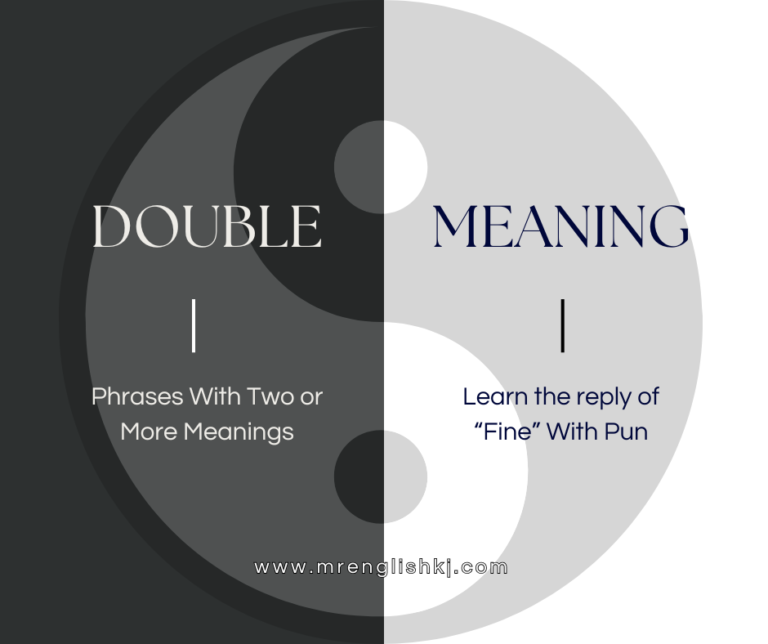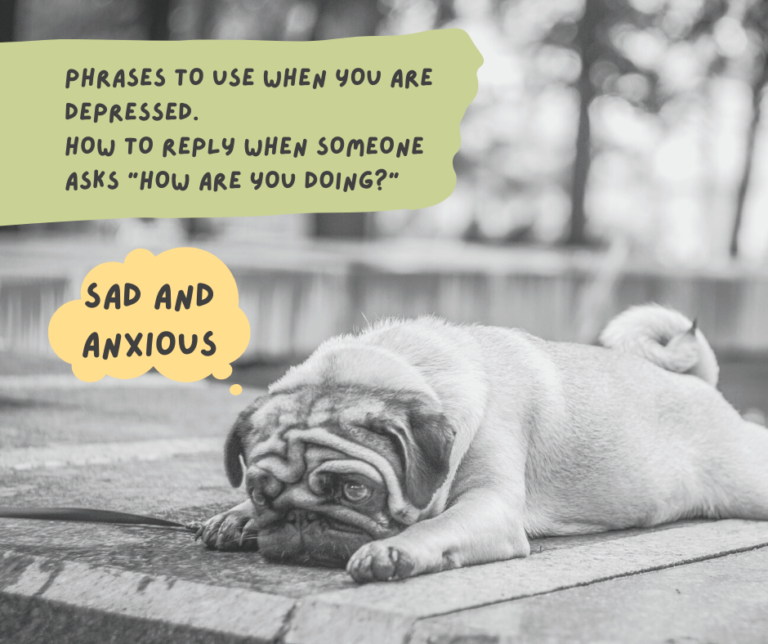Present Perfect + Since/For
Present Perfect + Since/For also works as Present Perfect Continuous. There are two ways to use “Present Perfect + Since/For” in place of Present Perfect Continuous.
- When the action or event has started in the past and is still going in the present, we can use both Present Perfect + Since/For and Present Perfect Continuous.
“Present Perfect + Since/For” Definition
1. Started in Past and Still Going in Present = When the action, event, or activity has started in the past and it is still going in the present, we use “Present Perfect + Since/For” or “Present Perfect Continuous.” The work has started in the past but it has not stopped yet, it is still going. In these sentences, we mention the time. We use “Since/For” to Present Perfect also.
- We use “Since/For” to show that the work started at a specified time in the past. Without “Since & For,” it is hard to tell the starting point or period of time. Wherever we use “Since/For,” it defines that the work started at that point or period of time.
- We only use “Since” in perfect sentences like “Present Perfect, Present Perfect Continuous, Past Perfect, Past Perfect Continuous, Perfect Participles, Or Perfect Modals, etc.” But we can use “For” with any sentence.
Present Perfect Continuous Since/For Rules –
- Has + been + verb 1st form + ing = He, she, it, this, that, there, here, singular noun…
- Have + been + verb 1st form + ing = I, you, we, they, these, those, there, here, plural nouns…
Present Perfect Continuous + Since/For Format –
- Affirmative = Subject + has/have + been + verb 1st form + ing + (other words) + since/for + other words.
- Negative = Subject + has/have + not + been + verb 1st form + ing + (other words) + since/for + other words.
- Simple Interro = Has/have + subject + been + verb 1st form + ing + (other words) + since/for + other words?
- Simple Interro Negative = Has/have + subject + not + been + verb 1st form + ing + (other words) + since/for + other words?
- Interrogative = Wh-family + has/have + subject + been + verb 1st form + ing + (other words) + since/for + other words?
- Interrogative Negative = Wh-family + has/have + subject + not + been + verb 1st form + ing + (other words) + since/for + other words?
But we can use Present Perfect Tense also with the same meaning sentences.
Present Perfect + Since/For Rules –
- Has + verb 3rd form = He, she, it, this, that, there, here, singular noun…
- Have + verb 3rd form = I, you, we, they, these, those, there, here, plural nouns…
Present Perfect + Since/For Format –
- Affirmative = Subject + has/have + verb 3rd form + (other words) + since/for + other words.
- Negative = Subject + has/have + not + verb 3rd form + (other words) + since/for + other words.
- Simple Interro = Has/have + subject + verb 3rd from + (other words) + since/for + other words?
- Simple Interro Negative = Has/have + subject + not + verb 3rd form + (other words) + since/for + other words?
- Interrogative = Wh-family + has/have + subject + verb 3rd form + (other words) + since/for + other words?
- Interrogative Negative = Wh-family + has/have + subject + not + verb 3rd form + (other words) + since/for + other words?
e.g. –
Since (Point in time) = Since – last Sunday, last year, 1997, yesterday, 12 o’clock, 1st April, 7:20 pm or am, the beginning of the life, (I) left study, (anything else you can mention but ‘point in time.’)…
For (Period of time) = For – two years, 2 hours, 5 days, 2 centuries, 3 months, 3 weeks, a long time, months, years, weeks, hours, centuries, decades, ever, minutes, most of the life, (anything but ‘period of time.’)…
e.g. –
- I have doodled this drawing for 10 minutes. [Started in Past & Still Going in Present = means: “I started doodling this drawing 10 minutes ago. (Started in Past)” And “I am still doodling. (Still Going in Present)”]
or
- I have been doodling this drawing for 10 minutes. [Started in Past & Still Going in Present = means: “I started doodling this drawing 10 minutes ago. (Started in Past)” And “I am still doodling. (Still Going in Present)”]
- They have flagged on the Moon since I was born. [Started in Past & Still Going in Present = means: “They started flagging on the moon when I was born. (Started in Past)” And “They are still flagging on the moon. (Still Going in Present)”]
or
- They have been flagging on the Moon since I was born. [Started in Past & Still Going in Present = means: “They started flagging on the moon when I was born. (Started in Past)” And “They are still flagging on the moon. (Still Going in Present)”]
- He hasn’t called me for 3 months. [Started in Past & Still Going in Present = means: “He started, not to call me 3 months ago. (Started in Past)” And “He still is not calling me. (Still Going in Present)”]
or
- He hasn’t been calling me for 3 months. [Started in Past & Still Going in Present = means: “He started, not to call me 3 months ago. (Started in Past)” And “He still is not calling me. (Still Going in Present)”]
So, that is how Present Perfect as Present Perfect Continuous is correct.
Note = We use Present Perfect Tense or Present Perfect Continuous together only for these definition otherwise there are differences between them. Differences Between Present Perfect Tense and Present Perfect Continuous Tense!
[su_button url=”https://mrenglishkj.com/present-perfect-as-present-perfect-continuous/” target=”blank” style=”3d” background=”#5ccb83″ color=”#000000″ size=”10″ center=”yes” radius=”20″ text_shadow=”0px 0px 0px #000000″ desc=”Present Perfect as Present Perfect Continuous”]Click to Know More[/su_button]
[su_button url=”https://mrenglishkj.com/present-perfect-as-present-perfect-continuous-exercise/” target=”blank” style=”3d” background=”#d600b8″ size=”10″]Present Perfect as Present Perfect Continuous Tense QUIZ [/su_button]
Advice – Never learn any language from a different language. You should learn English in English, not from your native language (mother-tongue). Just like you learned your mother tongue in your own mother tongue. By learning in this way makes your English accurate, fluent, and you learn it quickly.
Thanks for choosing us.



